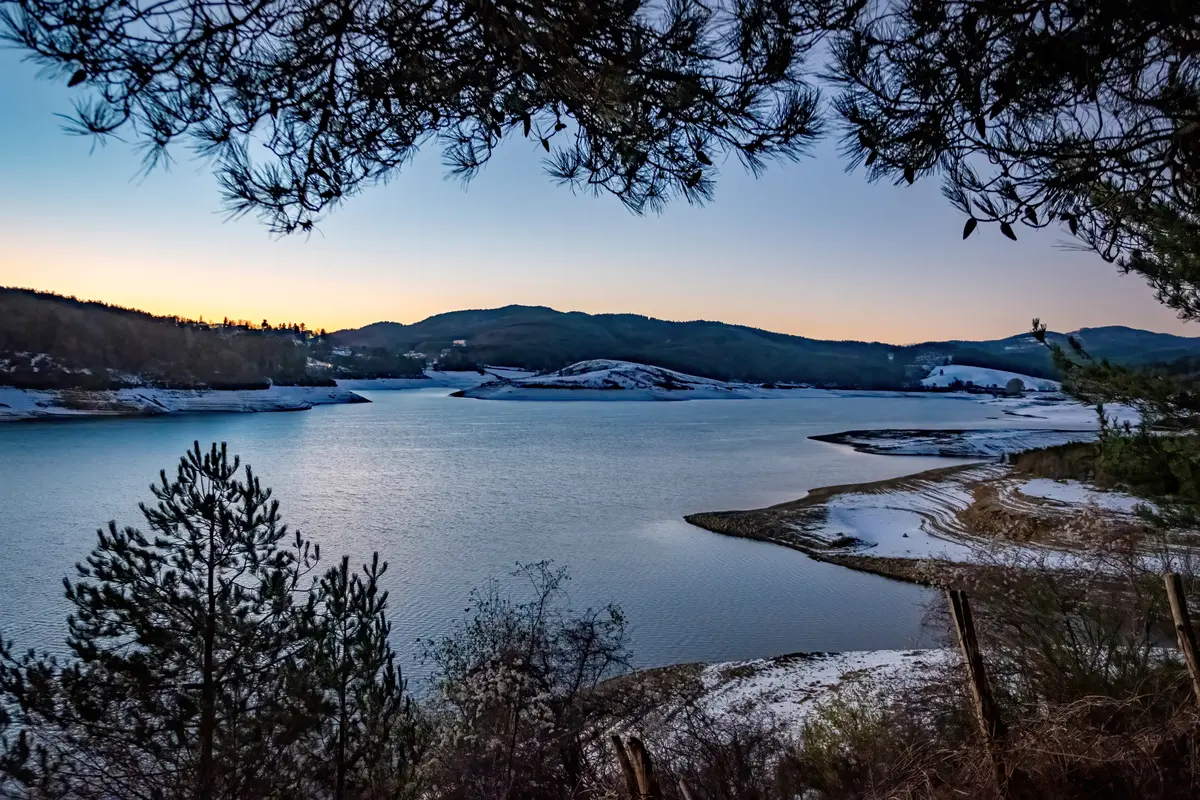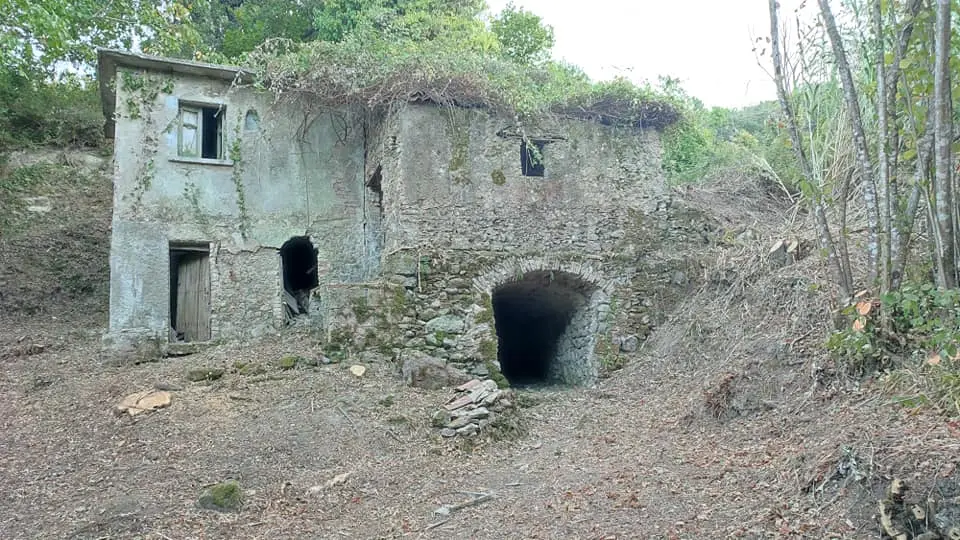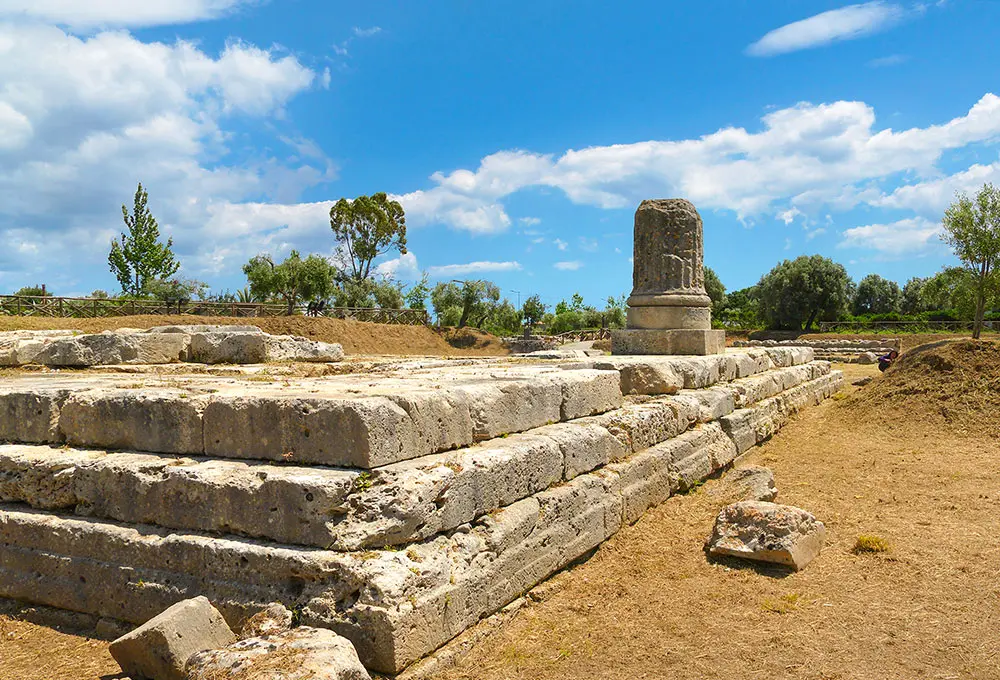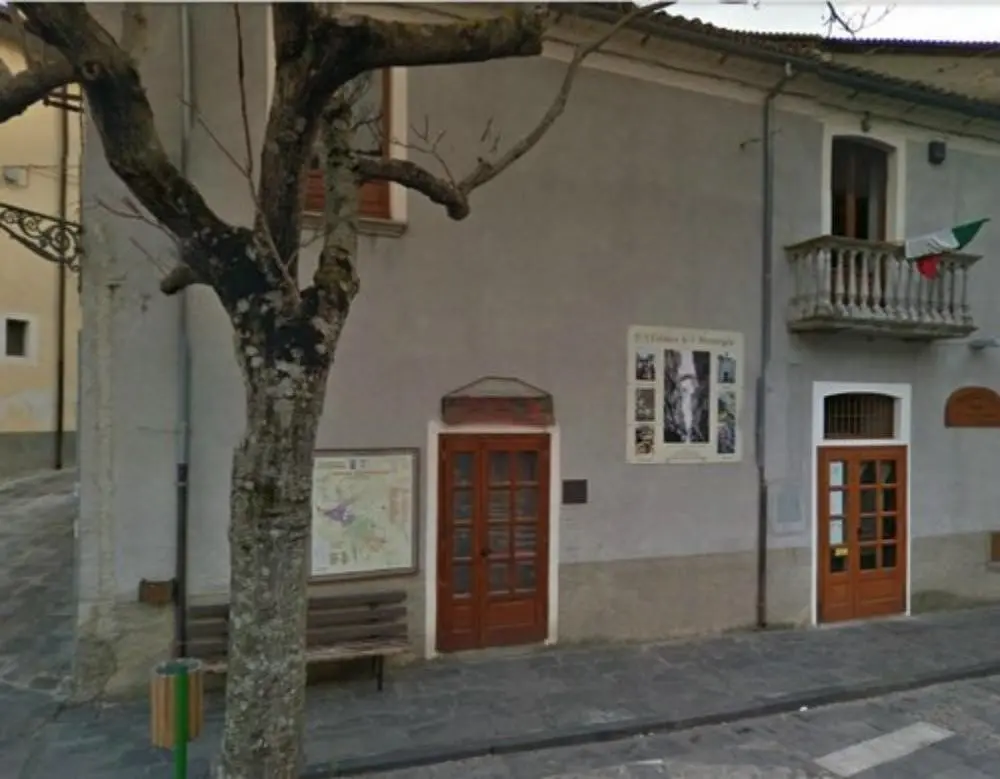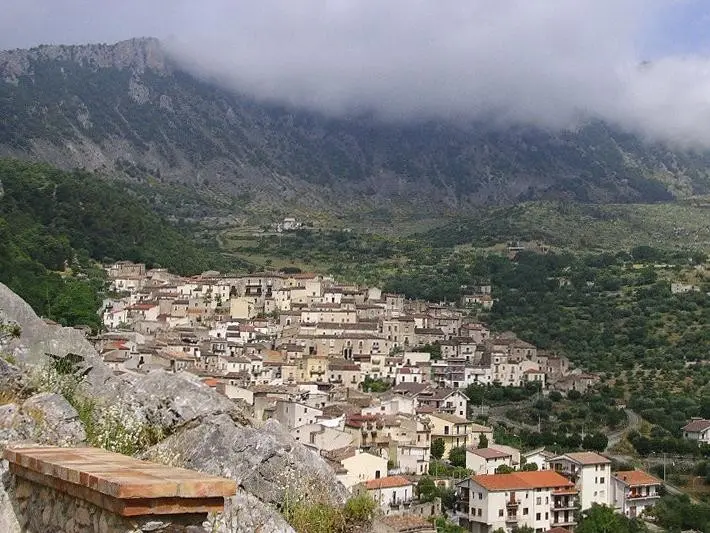Trip to Civita, among The Most Beautiful Villages in Italy
Discovering Civita (Cosenza), the Arbëreshë village with the "talking houses"

Art and Culture
Regione Calabria
Did you know that in Calabria there is a village called Civita (Cosenza) where houses talk and look at you? Don't worry, this is not a horror film or a dark fairy tale, but simply a very original art form.
Let's discover together why Civita, in Calabria, is among The Most Beautiful Villages in Italy and what exactly its "talking houses" (or "Kodra Houses") are.
What to see and do in Civita
The village of Civita, on the Pollino, appears among Calabria's Most Beautiful Villages in Italy and is immersed in a landscape setting of great interest to nature lovers, the Raganello Gorge Nature Reserve in the Pollino National Park. Civita is also one of the oldest Arbëreshë (Italo-Albanian) communities in Italy, whose traditions include the particular shape of the village, language, worship and folklore that can be enjoyed all year round.
Let's wander through the alleyways to discover the layout of a traditional gjitonia arbëreshë, i.e. the typical historic centre made up of small houses arranged in a semicircle around a "mother house" and a common square, which is the centre of neighbourhood life. Do you feel observed? Well, here the houses have eyes... but also a nose and a mouth. These are the so-called "Kodra Houses" (or "talking houses"), in honour of the Albanian artist Ibrahim Kodra, anthropomorphic dwellings that recall the style of his painting. What about the chimney pots? Another distinctive feature of Civita's houses, which in their elongated shape and varying make (each family has its own distinctive chimney pot) encapsulate a series of superstitions and legends linked to the expulsion of evil spirits, often identified in the strong wind that blows through the streets of Civita on the Pollino.
The charms don't end there! What else to see in the village of Civita? One of the places not to be missed is the infamous Devil's Bridge, which spans the two banks of the Raganello torrent. Like all "Devil's bridges" in Italy, the one in Civita is also linked to a disturbing story, which attributes its construction directly to the devil in exchange for the soul of the first person to cross it. Too bad it was a sheep that crossed it and the devil, in anger, plunged down the stream disappearing in a great cloud of grey smoke. What is certain is that today the bridge is an unmissable viewpoint over the entire valley, to be crossed during a nature trek.
In the old town centre of Civita, it is worth visiting the Chapel of Sant'Antonio, the 16th-century Chapel of Santa Maria della Consolazione and the Church of Santa Maria Assunta, a splendid example of Baroque with a typical Greek-Oriental layout: facing east and rich in symbols reminiscent of the traditional Byzantine rite, such as the iconostasis (the screen that covers the altar from the view of the faithful) and the icons of Christ Pantocrator (almighty) and the Virgin Odigitria (she who guides).
Don't miss the Museum of the Spinning Mill, the old mill driven by the Raganello river, where a series of German-made machines from the late 19th century are still preserved, and the Raganello Valley Landscape Ecomuseum, housed in the ancient Palazzo Castellano. What to do in Civita on the Pollino? If you love adrenalin sports and being in contact with nature, you are in the right place for rafting in Calabria and excursions in the Raganello Gorge and the rest of the park.

The Arbëreshë community of Civita
The village of Civita in Calabria is among the oldest custodians of the Arbëreshë ethnic minority. The oriental imprint of the community, as well as in the architectural layout of the houses and sacred buildings, is reflected in the liturgical services of the Greek-Byzantine rite, in the language, dances and sacred songs that take place especially on the occasion of the Arbëreshë Easter (40 days after the Catholic Easter).
A few examples? If you choose to visit Civita during Holy Week, you will be able to witness the extraordinary vallje (laughter), the traditional Albanian dances that evoke the technique of encirclement used by the national hero, George Kastrioti Skanderbeg, against the Turkish army. It is no coincidence that the vallja "imprison" the audience in its coils as they take part in the colourful festival.
For the occasion, everyone wears traditional Arbëreshë clothes, which can also be admired at the Arbëreshë Ethnic Museum. Everyday objects, costumes and splendid gold jewellery of oriental style, among the most beautiful Byzantine collections in terms of variety and splendour, are exhibited here all year round.
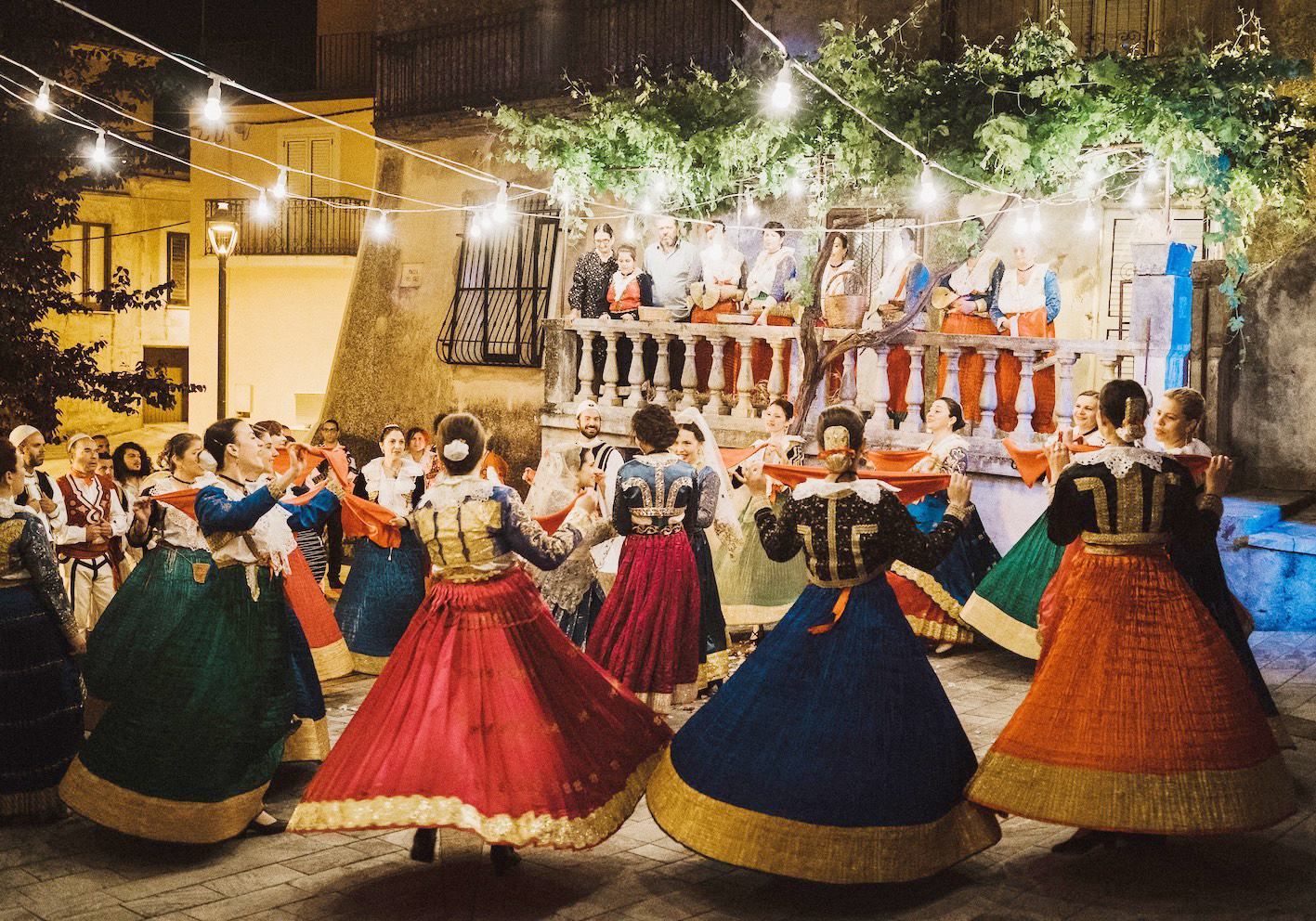
"A Different Tale" exhibition: Civita
The exhibition ‘’A Different Tale‘’ represents a unique cultural project, designed to enhance some of Calabria's most fascinating villages through the art of illustration. Sixteen talented Calabrian authors have reinterpreted places, stories and popular traditions linked to these villages, creating modern works full of personality. Presented in Melbourne and New York in October 2024, the exhibition celebrates Calabrian identity in a dialogue between tradition and innovation, involving an international audience.
Giuseppe Talarico created the illustration of the village of Civita (CS). An Italo-Calabrian illustrator and graphic designer, after a career away from art and design, he decided to devote himself completely to the world of creativity in 2016. This atypical path has given him great versatility, which makes him open to collaborations in various fields, from publishing to the world of streetwear. Since 2022, he has been art director of The Calabreser project, where he puts his experience and creative vision into practice. He is also art director of the project ‘A Different Tale’.

https://calabriastraordinaria.it/en/news/trip-to-civita-among-the-most-beautiful-villages-in-italy
